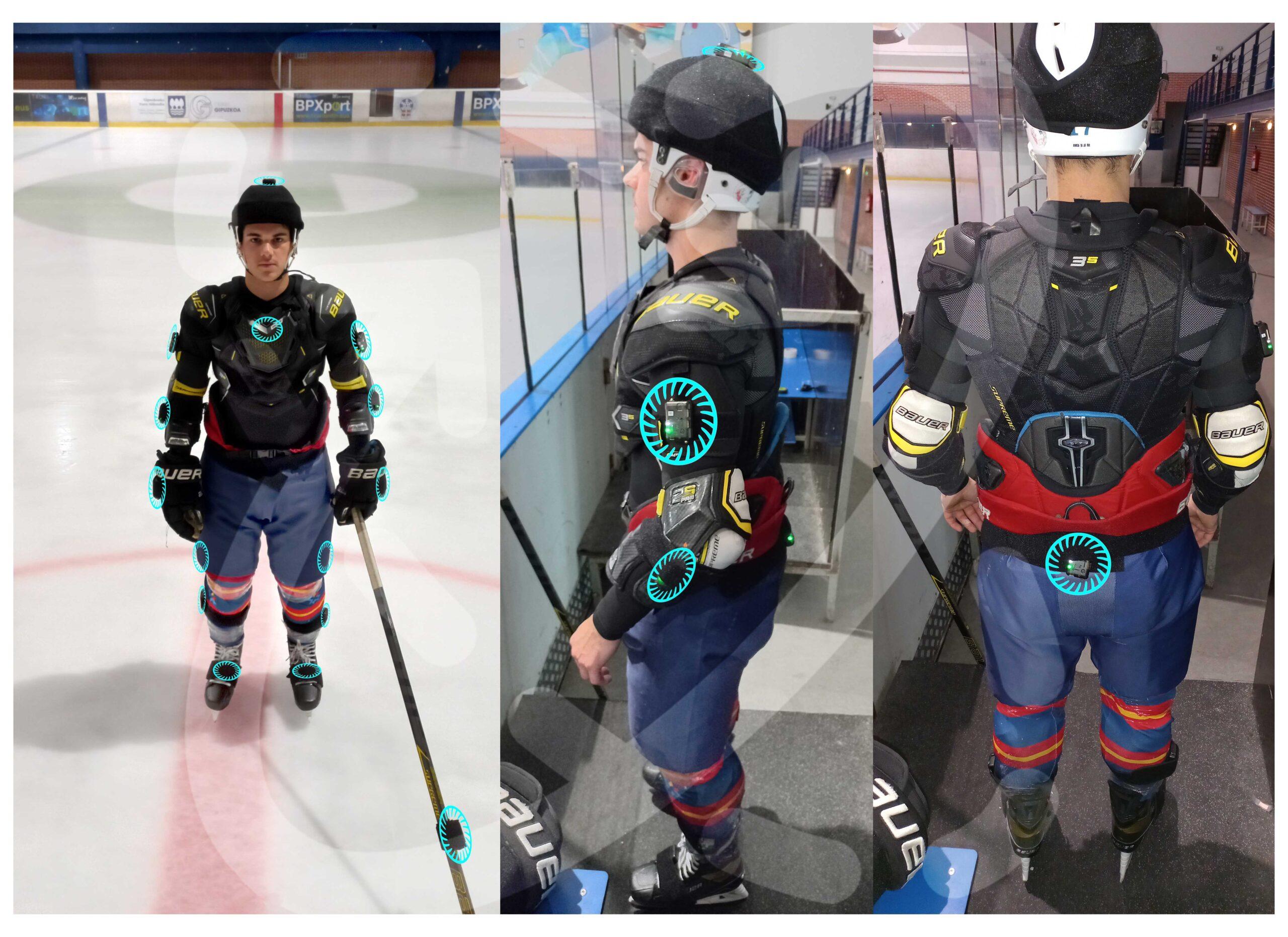Biomechanical hockey analysis with inertial sensors (IMUs)
Hockey is a fast and physical sport that requires specific technical and physical skills. To improve player performance and prevent injuries, it’s important to understand how athletes move and act on the field. This is where biomechanical analysis comes into play.
Biomechanical analysis uses sensor technology to measure and analyze human movement. In the case of hockey, inertial sensors (IMUs) are a useful tool for gathering precise and detailed data on players’ posture, movement, and force on the ice.
IMUs are placed at strategic points on players’ bodies, such as the wrist, shoulder, and hip, and collect real-time data on body acceleration, velocity, and orientation. This data can be used to evaluate skating technique, shot accuracy, stability, and balance.
Furthermore, biomechanical analysis with IMUs can help identify movement patterns that may lead to injuries. Coaches can use this information to design specific training programs that improve technique and reduce the risk of injury.
In summary, biomechanical analysis with inertial sensors (IMUs) is a valuable tool for improving hockey players’ performance and preventing injuries. By using this technology, coaches and athletes can obtain precise and detailed information on body movement and force, allowing them to improve their technique and maximize their potential on the ice.
